In the ever-changing landscape of industrial development, Industry 3.0 emerges as a pivotal phase that has revolutionized manufacturing processes. This article delves into the core concepts of Industry 3.0, exploring its significance and impact on the global industrial sector.
Definition and Origins of Industry 3.0
Industry 3.0 (also known as the Third Industrial Revolution) originated in the late 20th century, marked by the integration of computer technology into traditional manufacturing. Industry 3.0 is the transition in manufacturing where electricity began to be used in mass production, and mechanical and electronic technologies gave way to digital technology through the improvement of the production line. This phase was characterized by the automation and digitization of production processes.
Automation and Interconnectivity
One of the hallmark features of Industry 3.0 is the advent of automation and interconnectivity. Manufacturing systems became smarter, with machines and processes communicating seamlessly. This not only increased efficiency but also laid the groundwork for the subsequent industrial advancements.
Industry 3.0 witnessed the rise of cyber-physical systems, where the physical production processes were intertwined with digital technologies. This synergy allowed for real-time monitoring, data analysis, and adaptive decision-making within manufacturing environments.
Transformation in Production Paradigm
The transition to Industry 3.0 brought about a paradigm shift in the production landscape. Traditional assembly lines were replaced by flexible and adaptive manufacturing systems, allowing for customization and reduced time-to-market.
Economic Implications
The economic implications of Industry 3.0 were profound. Increased efficiency, reduced waste, and improved quality led to substantial cost savings for manufacturers. These advantages, in turn, contributed to economic growth on a global scale.
As with any technological evolution, Industry 3.0 posed its own set of challenges, including workforce adaptation and cybersecurity concerns. Looking ahead, Industry 4.0 looms on the horizon, promising even greater integration of digital technologies.
“Every industrial revolution brings along a learning revolution.” – Alexander De Croo
In the context of the present day, it is crucial to recognize that Industry 3.0 laid a significant foundation for contemporary developments, particularly in the realm of digitalization. The intelligent, interconnected factories of today owe much to the groundwork laid by Industry 3.0, showcasing its enduring impact on the ever-evolving industrial landscape. As we navigate the intricacies of Industry 4.0, the lessons and advancements of Industry 3.0 remain a guiding force, emphasizing the ongoing importance of embracing technological evolution in manufacturing.
References: https://aquare.la/en/industry-4-0-web-3-0-and-digital-transformation/



